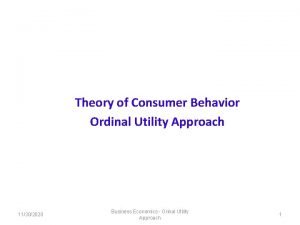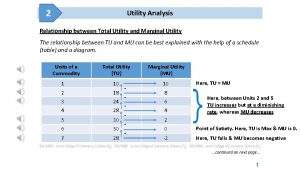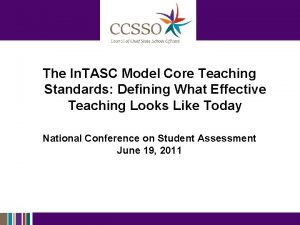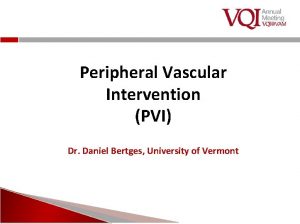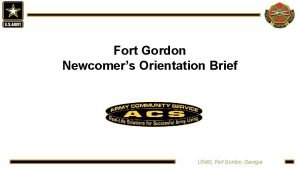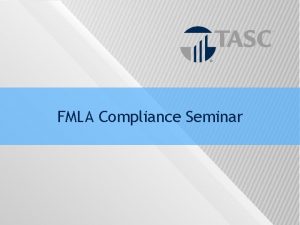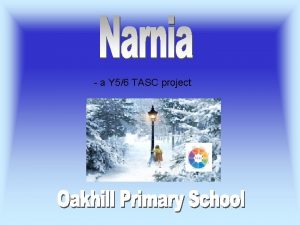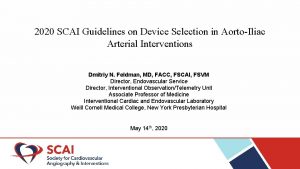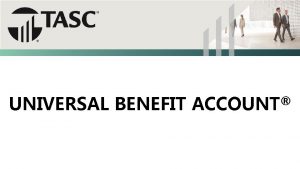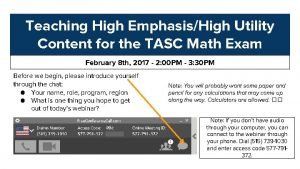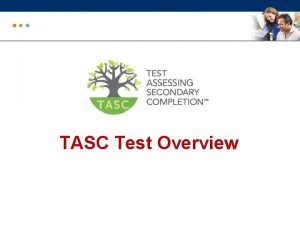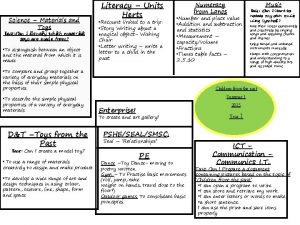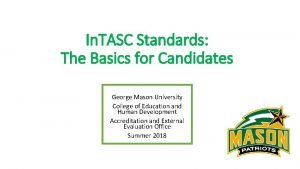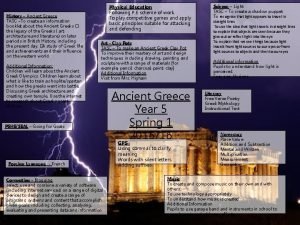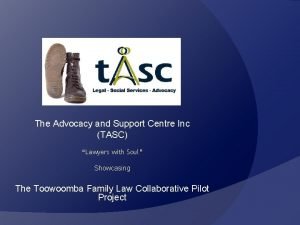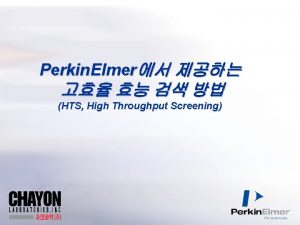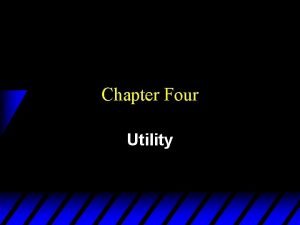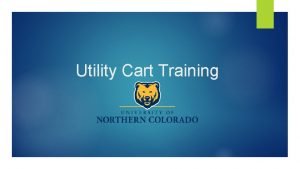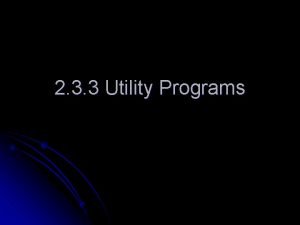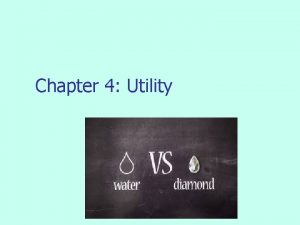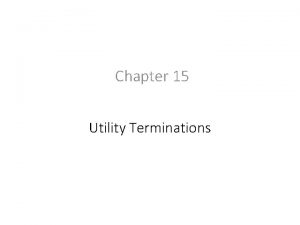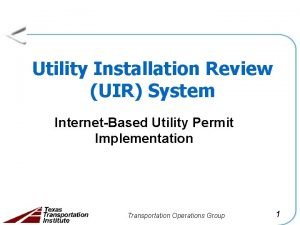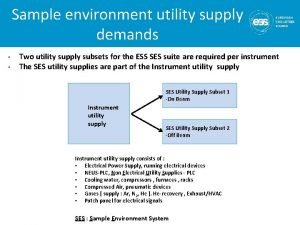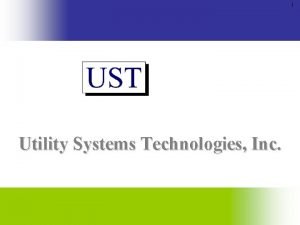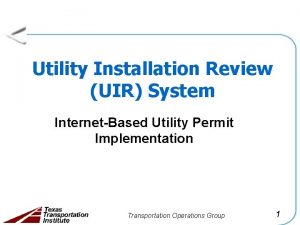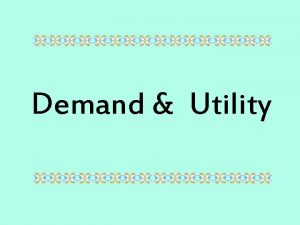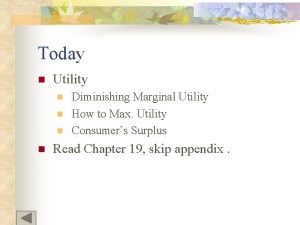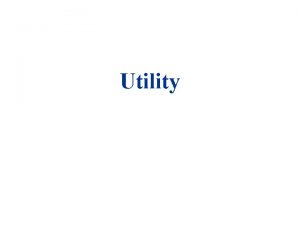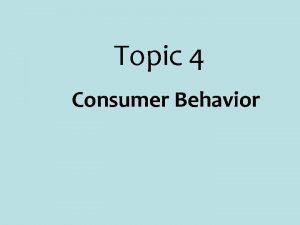Teaching High EmphasisHigh Utility Content for the TASC


























- Slides: 26

Teaching High Emphasis/High Utility Content for the TASC Math Exam February 8 th, 2017 - 2: 00 PM - 3: 30 PM Before we begin, please introduce yourself through the chat: ● Your name, role, program, region ● What is one thing you hope to get out of today’s webinar? Note: You will probably want some paper and pencil for any calculations that may come up along the way. Calculators are allowed. �� Note: If you don’t have audio through your computer, you can connect to the webinar through your phone. Dial (515) 739 -1030 and enter access code 577 -791372.

Notes about this webinar All participants have been muted. We do want your participation, though! Please write ideas, questions, comments in the chat box throughout the webinar. Panelists will respond to questions during the Q&A sections of today’s session. If you have a technical question or problem, please send a private chat message to Eric. The webinar will be recorded and available at Collect. Ed. NY. org.

Goals Connect adult education math teachers with representatives from DRC and NYSED We hope teachers will leave with a better understanding of: how to narrow the scope of what they teach and focus on highutility/high emphasis math content the kinds of questions students may be asked on the TASC available teaching materials

Today’s Presenters Eric Appleton, Math & Science Professional Developer, CUNY Adult Literacy/HSE Program Deedra Arvin, Test Development Program Manager, Data Recognition Corporation | CTB Tim Jones, Associate for Instructional Services, New York State Education Department Mark Trushkowsky, Math Professional Development Coordinator, CUNY Adult Literacy/HSE Program

Agenda • Launch: Notice/Wonder • The Many Faces of a TASC Math Problem • TASC Math Blueprint & Item Specifications • Changes to the TASC Math Reference Sheet • Q&A • Feedback

I Notice… I Wonder. . .

Four friends used the same taxi service to meet at a restaurant for dinner. What math questions could you ask? Passenger Distance (in miles) Cost Denise 1 $4. 50 Mark 6 $12 Solange 3 $7. 50 Kate 8 $15 What do you notice? What do you wonder?

Four friends used the same taxi service to meet at a restaurant for dinner. When they arrived at the restaurant, they compared their cab fare and tried to figure out a rule that the taxi company used to calculate cost. Which linear function models the relationship between the number of miles driven, m, and the cost of the cab ride, C? Passenger Distance (in miles) Cost Denise 1 $4. 50 Mark 6 $12 Solange 3 $7. 50 Kate 8 $15 A. C = 4. 5 m B. C = 2. 5 m C. C = 1. 5 m + 3 D. C = 3 m + 1. 50

Four friends used the same taxi service to meet at a restaurant for dinner. When they arrived at the restaurant, they compared their cab fare and tried to figure out a rule that the taxi company used to calculate cost. Which linear function models the relationship between the number of miles driven, m, and the cost of the cab ride, C(m)? Passenger Distance (in miles) Cost Denise 1 $4. 50 Mark 6 $12 Solange 3 $7. 50 Kate 8 $15 A. C(m) = 4. 5 m B. C(m) = 2. 5 m C. C(m) = 1. 5 m + 3 D. C(m) = 3 m + 1. 50

c = 1. 5 m + 3 c(m) = 1. 5 m + 3 c = 1. 5(6) + 3 c=9+3 c = 12 c(6) = 1. 5(6) + 3 c(6) = 12

Four friends used the same taxi service to meet at a restaurant for dinner. When they arrived at the restaurant, they compared their cab fare and tried to figure out a rule that the taxi company used to calculate cost. Which statement is true about the cab fare? Passenger Distance (in miles) Cost Denise 1 $4. 50 Mark 6 $12 Solange 3 $7. 50 Kate 8 $15 A. The ride costs $4. 50 for each mile. B. The ride costs $3. 00 for each mile driven plus $1. 50 C. For each 10 miles driven, the cab ride costs $18. 00 D. The ride costs $1. 50 for each mile plus a flat fee of $3. 00

Passenger Distance (in Cost Four friends used the same taxi service to miles) meet at a restaurant for dinner. When they Denise 1 $4. 50 arrived at the restaurant, they compared Mark 6 $12 their cab fare and figured out they could calculate the cost of a ride using the Solange 3 $7. 50 following function: C = 1. 5 m + 3, where m is Kate 8 $15 the number of miles traveled and C is the cost of the ride. Halfway through the meal, the group’s friend, Isabel, arrives. Isabel who also used the same taxi service, paid $22. 50 for the ride. What distance did she travel?

Four friends used the same taxi service to meet at a restaurant for dinner. The graph to the right shows the distance traveled, in miles, and the cost of each friends’ ride. How much would it cost to ride for 10 miles? If C is the cost of a ride that is m miles, which function can be used to calculate the cost of a taxi ride? A. B. C. D. C = 4. 5 m C = 2. 5 m C = 1. 5 m + 3 C = 3 m + 1. 50

TASC Blueprint and Item Specifications ●What is covered on the TASC math test? ●How can teachers use the item specifications to prepare for instruction?

TASC Math Blueprint

TASC ASSESSMENT STANDARDS TASC Math Item Specifications http: //www. acces. nysed. gov/common/acces/files/hse/tasc_2016_item_specification s_mathematics_may 2016. pdf

TASC Reference Sheet What can we learn from the changes to the TASC reference formula sheet?

Geometry* Standard: Use volume formulas for cylinders, pyramids, cones, and spheres to solve problems Sample Item Stems: ● Determine the volume of a cylinder with a radius of 3 inches and a height of 7 inches ● How is the volume of a cone affected by doubling the height? * from the TASC Math Item Specifications

From this to this

From this to this

From this to this

Contact Us: Q&A: Questions from the Field Feedback Was this useful? How could it be improved? Eric Appleton, CUNY, Science eric. appleton@cuny. edu Deedra Arvin, DRC darvin@datarecognitioncorp. com Kate Brandt, CUNY, ELA/SS kate. brandt@cuny. edu Tim Jones, NYSED timothy. jones@nysed. gov Mark Trushkowsky, CUNY, Math mark. trushkowsky@cuny. edu

Teaching Resources The CUNY HSE Curriculum Framework provides direction, structure and materials for teaching math, science and social studies (integrated with reading and writing) in the new era of HSE instruction. The complete framework is available for free download at http: //www. collectedny. org/2016/03/hseframework/

Teaching Resources CUNY Framework Posts are supplemental activities focused on highemphasis content on the TASC. Some extend the units in the framework as well as provide additional support and practice to students wherever they need it. Framework Posts also has teaching materials for topics not covered in the framework. www. collectedny. org/frameworkposts

Teaching Resources Collect. Ed. NY features reviews of highquality, free teaching resources, including lesson plans, videos, activities, and more. The reviews are written by adult education teachers with adult education students and classrooms in mind. Each review describes the resource and offers advice for how to get started. www. Collect. EDNY. org

Teaching Resources Math. Memos is a math teacher space within Collect. Ed. NY where adult educators share rich math problems across a wide range of content areas, as well as samples of student work, and practical suggestions for bringing the problems to life in the classroom. www. Math. Memos. org
 Cardinal utility approach
Cardinal utility approach Relation between marginal utility and total utility
Relation between marginal utility and total utility Carrier content vs real content
Carrier content vs real content Static content vs dynamic content
Static content vs dynamic content Tasc model
Tasc model Tasc classification
Tasc classification Fort gordon mwr
Fort gordon mwr Tasc fmla
Tasc fmla Tasc wheel
Tasc wheel Tasc classification
Tasc classification Universal benefits account
Universal benefits account Tasc math reference sheet
Tasc math reference sheet Tasc distinguished achievement
Tasc distinguished achievement Www.tasc-toys.com
Www.tasc-toys.com Tasc readiness assessment
Tasc readiness assessment Tasc standards
Tasc standards Tasc ancient history
Tasc ancient history Tasc toowoomba
Tasc toowoomba Scaled down teaching meaning
Scaled down teaching meaning High throughput screening 원리
High throughput screening 원리 Fspos vägledning för kontinuitetshantering
Fspos vägledning för kontinuitetshantering Novell typiska drag
Novell typiska drag Nationell inriktning för artificiell intelligens
Nationell inriktning för artificiell intelligens Returpilarna
Returpilarna Varför kallas perioden 1918-1939 för mellankrigstiden?
Varför kallas perioden 1918-1939 för mellankrigstiden? En lathund för arbete med kontinuitetshantering
En lathund för arbete med kontinuitetshantering Kassaregister ideell förening
Kassaregister ideell förening
